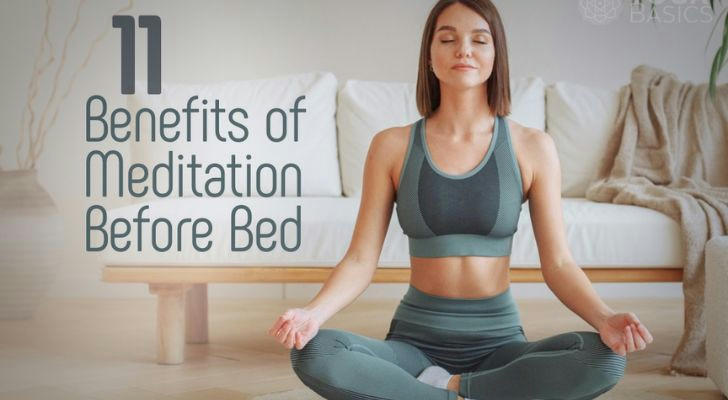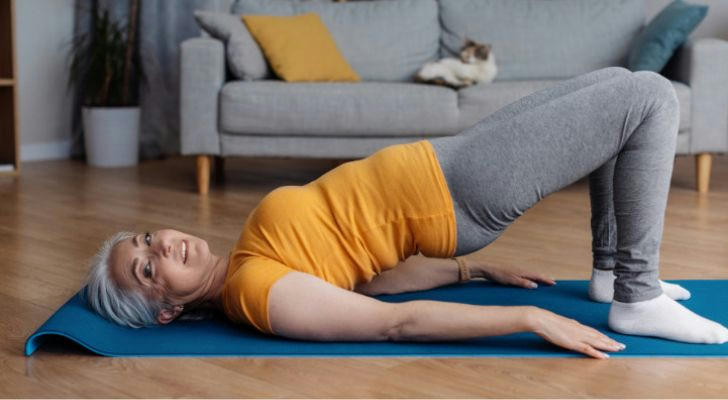Starting From Scratch: A Beginner’s Guide to Yoga and Meditation
Embarking on a journey of yoga and meditation can feel like a daunting challenge, especially if you're new to both practices. But here’s the thing: it's not about perfection or having a deep spiritual background. It's about finding a path to a healthier, more balanced life, and it’s easier than you think. Let’s break it down and dive into how yoga and meditation can transform your daily routine, while also supporting your mental and physical well-being.

1. The Basics: What Exactly Are Yoga and Meditation?
Yoga is an ancient practice that combines physical postures, breathing exercises, and mindfulness to improve flexibility, strength, and overall well-being. It's not just about stretching your body—it's about connecting your body and mind.
Meditation, on the other hand, is a mental practice that focuses on quieting the mind and achieving a state of calm and clarity. It can be as simple as focusing on your breath for a few minutes or exploring deeper techniques to help you gain control over your thoughts and emotions.
2. The Surprising Benefits for Your Body and Mind
You might think that yoga and meditation are just about "feeling good," but there's a solid scientific foundation behind their benefits. In fact, studies show that both can lead to significant improvements in physical and mental health.
• Reduced Stress and Anxiety: A study published in JAMA Internal Medicine found that mindfulness meditation can reduce symptoms of anxiety by up to 60%. Meditation helps regulate emotions, calms the nervous system, and improves the body’s response to stress.
• Improved Flexibility and Strength: Regular practice of yoga enhances flexibility, strengthens muscles, and can even improve posture. According to a report in The Journal of Strength and Conditioning Research, yoga can increase strength, flexibility, and balance—key components to overall physical health.
So, whether you’re hoping to reduce stress or simply want to move more freely in your body, yoga and meditation have you covered.

3. Where to Start: A Simple Routine for Beginners
Now, how do you get started? It's all about simplicity and consistency. Here’s a basic plan to kick off your practice:
Yoga for Beginners
Start with short sessions, especially if you’re new to the practice. Begin with gentle stretches to increase flexibility and mobility. Focus on deep, mindful breathing—this alone can significantly reduce stress.
Try starting with these beginner-friendly poses:
• Child’s Pose: A gentle stretch to open the hips and calm the mind. • Cat-Cow Stretch: Helps improve spine flexibility and strengthens the core. • Downward Dog: A classic pose that stretches the back, hamstrings, and calves.
Meditation for Beginners
Meditation doesn’t require a special space or equipment. Find a quiet spot, sit comfortably, and close your eyes. Focus on your breath. When your mind wanders, gently bring it back to your breathing. Start with just 5-10 minutes a day.
To deepen your practice, try these types of meditation:
• Breathing Meditation: Focus solely on the sensation of your breath entering and leaving your body. • Guided Meditation: Listen to an audio guide that walks you through relaxation techniques.
4. Staying Consistent: How to Build a Sustainable Practice
Consistency is key. Studies have shown that just 15 minutes of daily practice—whether it’s yoga or meditation—can lead to long-term improvements in mood, stress levels, and even sleep quality. The secret to building consistency? Set small, realistic goals. Start with just a few minutes a day, and gradually increase your practice time. A study in the Journal of Clinical Psychology found that setting small goals increased the likelihood of sticking to a new habit by over 60%.
5. Overcoming the Biggest Challenges
Common Challenge 1: Finding Time
The biggest hurdle for beginners is often time. But here’s the truth: a short, focused session is more valuable than an hour of distracted practice. Aim for 10-20 minutes a day. That’s all it takes to feel the benefits over time. A study in Psychosomatic Medicine found that just 20 minutes of yoga can reduce blood pressure and improve mood.
Common Challenge 2: Feeling Frustrated with Progress
It’s normal to feel frustrated at the beginning. In yoga, some poses may seem impossible, and in meditation, your mind might wander endlessly. Remember, the process is the practice. Celebrate the small wins, like holding a pose for a few extra seconds or having a more focused meditation session.

6. The Takeaway: Start Simple, Stay Consistent
Yoga and meditation are tools for a better life, not tasks to complete. By starting small and being consistent, you’ll begin to see and feel the benefits over time. Whether it's a calm mind, a more flexible body, or a reduced level of stress, yoga and meditation can support you every step of the way.
So, if you're new to this world of wellness, take a deep breath and dive in. Your body and mind will thank you.
Some Useful Data
• 60%: The percentage of anxiety symptoms that may reduce through mindfulness meditation. (JAMA Internal Medicine)
• 15 minutes: The time you need daily to see long-term improvements. (Journal of Clinical Psychology)
• 20 minutes: Yoga can help reduce blood pressure and improve mood in just this amount of time. (Psychosomatic Medicine)
This simple approach can help you integrate yoga and meditation into your daily life and start enjoying the many benefits right away.
